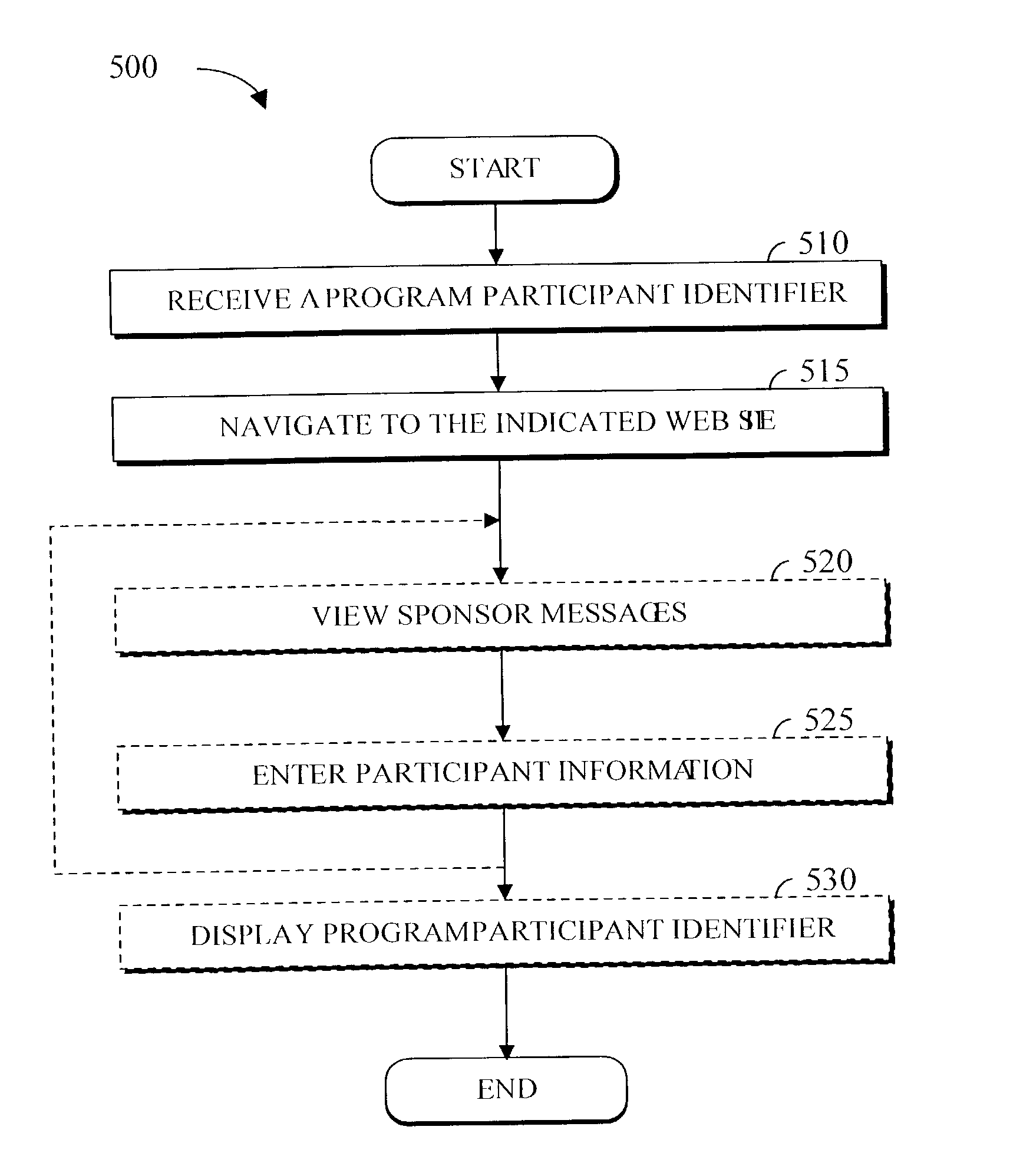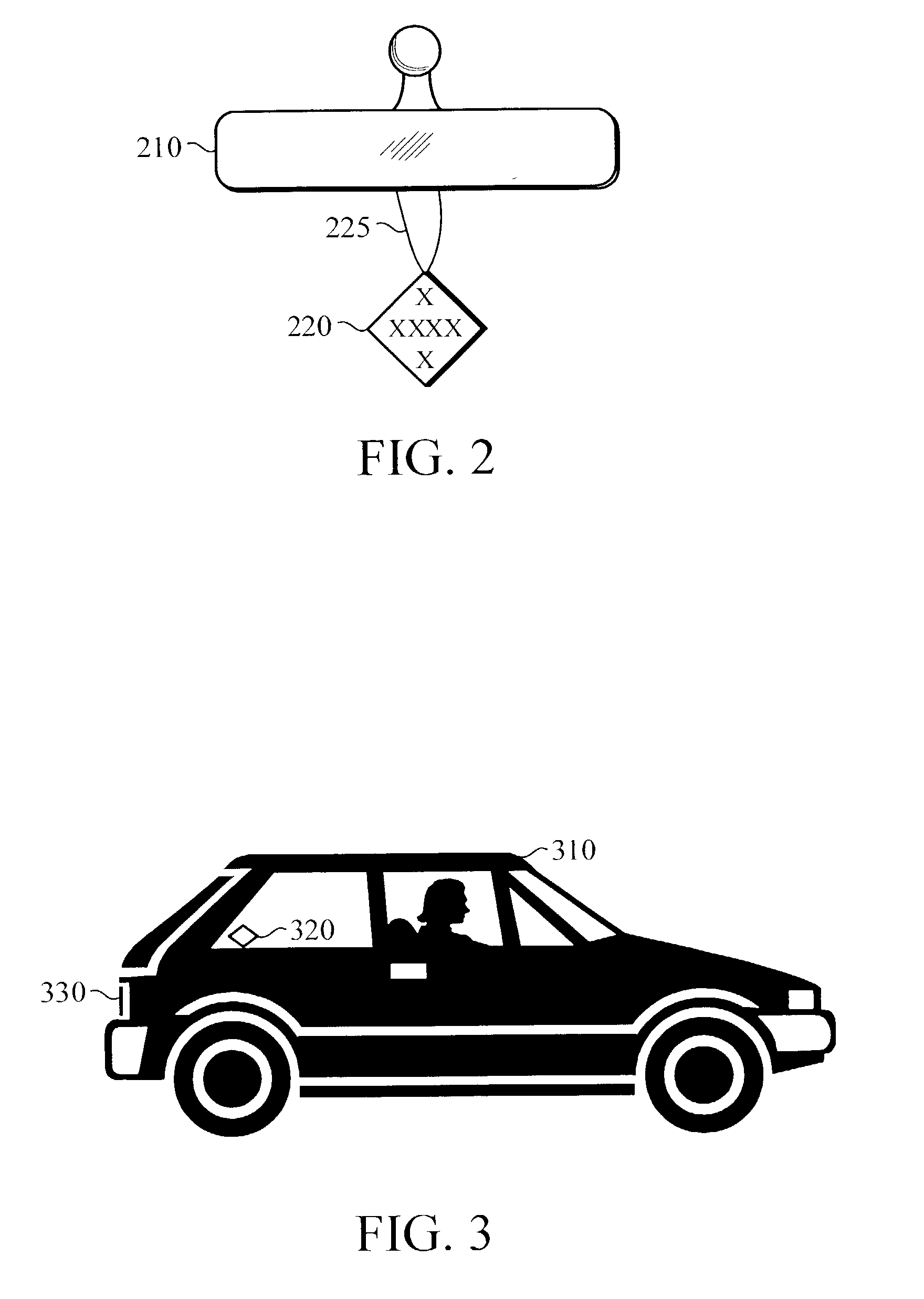However, as the
pace of life has accelerated, and as populations have become more urbanized, people have found that their lifestyles and schedules provide them with fewer opportunities to meet potential partners with whom to form relationships.
With the exception of a few items, such as sex, race, and age, however, there is little uniformity in the information included in these ads.
Because the persons placing these ads could only predict the types of information that a reader would want in deciding whether to arrange to meet, many of these ads failed to produce successful matches.
The lack of uniformity, and the unorganized nature of classified ads, also requires the reader to expend extensive amounts of time sorting through the ads to find a potential match.
There is no quick way for the reader to quickly scan through these ads to eliminate those persons who possess unacceptable traits.
Moreover, the lack of uniformity in the ads may prevent a reader from obtaining information about a trait that the reader deemed to be essential in a potential friend or partner.
In addition to these various problems, most people still like to see what a person looks like prior to investing too much time and / or energy investigating a person who may not be visually attractive to them.
Those services, however, still failed to provide adequate compatible matches in many cases.
Moreover, this type of matching fails to account for the fact that males and females place significantly different emphasis on the weighting of factors and also have significantly different tolerances for variability in factors.
While such a method accounts for the individual desires of the person seeking a match, it fails to account for how desirable the match would find the user.
Some of these computer dating services may attempt to bring a more personal touch to the search by providing video footage of prospective friends and partners, but these services are more costly and not all people are willing to
shoot the footage for review by other people.
Once again, while this technique may be successful, it is haphazard and generally forces a person to pay a fee prior to performing any meaningful searches.
Yet another problem is that many of these web-based services don't offer any kind of geographic screening capabilities.
Accordingly, even if a potential friend or partner is found in the
database, they may not be in a geographically convenient location.
As with other techniques, there may or may not be anyone in the
database that matches the desired profile and the money to register for the service may have been spent with no real progress having been made.
In addition, although many of these sites offer photos, the quality of the photos is spotty and a picture is still less satisfying than seeing the whole person,
in real life.
Most of these internet matchmaking systems, while an improvement over the more conventional types of services such as newspaper-type personal ads, still don't offer much additional benefit and still don't offer the ability to see what a person really looks like.
As shown by the discussion above, while there are many different ways for people to meet potential friends and partners, all of the methods are somewhat unsatisfying from several different perspectives because they don't let people really focus on some of the most important elements of many relationships, that is, meeting someone and seeing them prior to making an investment in the necessary time and energy to investigate compatibility at a more fundamental level.
However, as described above, conventional services don't provide this type of introduction.
Even if pictures are used, pictures don't always tell the whole story about a person's looks.
Another problem that has surfaced is the need for funding the match-making service and the overhead associated with it.
While
the Internet has proven very popular and has a very wide reach to a large audience, many corporate sponsors have found that it is somewhat difficult to successfully isolate and reach their target audience through conventional internet-based services.
Accordingly, most corporate sponsors have been slow to invest much money into web-based ventures for matchmaking type services.
This has left the services with few options other than charging fees to the users of the service.
Accordingly, without improved methods for locating, screening, identifying and contacting potential partners, it will be increasingly difficult for single people to find their ideal companions in the hustle and bustle of modern living.
Additionally, without the ability to successfully target and reach specific demographic groups within the larger audience of users, it will be difficult to convince corporate sponsors to assist in funding and supporting web-based introduction services and it will be necessary for the users to fund the operations.
This will further limit and otherwise hamper the growth and viability of the services.
 Login to View More
Login to View More  Login to View More
Login to View More 


